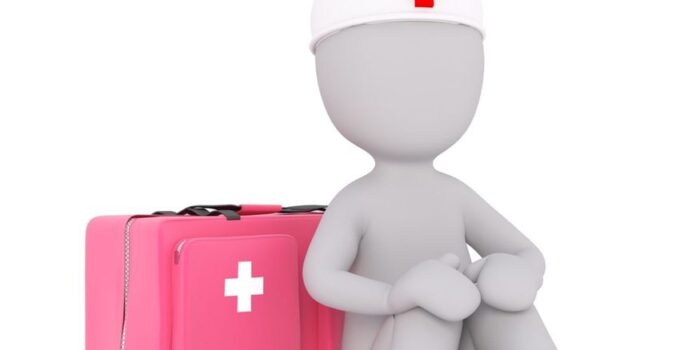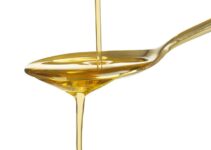First aid knowledge is vital for being prepared in most emergency situations, especially if you have young children. It is a great idea to always keep a first aid kit with you that contains a stock of needed medical supplies such as a variety of dressings, antiseptic ointments, scissors, tweezers, and other essential items.
You can purchase all the disposable medical supplies, as well as durable medical devices such as blood sugar monitors conveniently online from accredited medical supply retailers such as Save Rite Medical. However, having a suitably stocked first aid kit is only beneficial if you have first aid knowledge. In this simple first aid guide, you can discover the basics of how to handle the most common injuries.
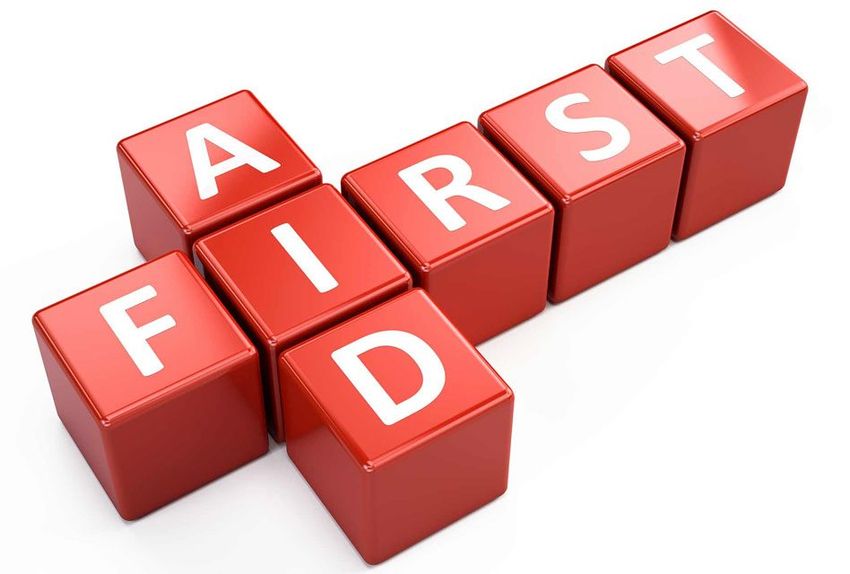
source:nannyoptions.ie
Page Contents
Cuts and Scrapes
Cuts and scrapes are by far, the most common kind of injury among adults and children and knowing how to properly clean and dress the wound can undeniably speed up wound healing and prevent nasty infections. Firstly, you will need to identify the injury and you may need to initially press down on the wound to stop the bleeding using a clean cloth to correctly establish the severity of the injury. If the bleeding does not lessen after roughly 15 minutes of applying adequate pressure, you may need to consult a healthcare practitioner. However, if you are able to control the bleeding you should then proceed to clean the wound using a clean cloth and lukewarm water. If the skin has been broken, you should apply an antibiotic and an antiseptic ointment to ensure that the wound does not become infected. Remember to allow the wound to properly dry after you have rinsed it with water. After applying a suitable ointment, you should then properly dress the wound with a suitable dressing for the size of the wound to protect it from further harm.
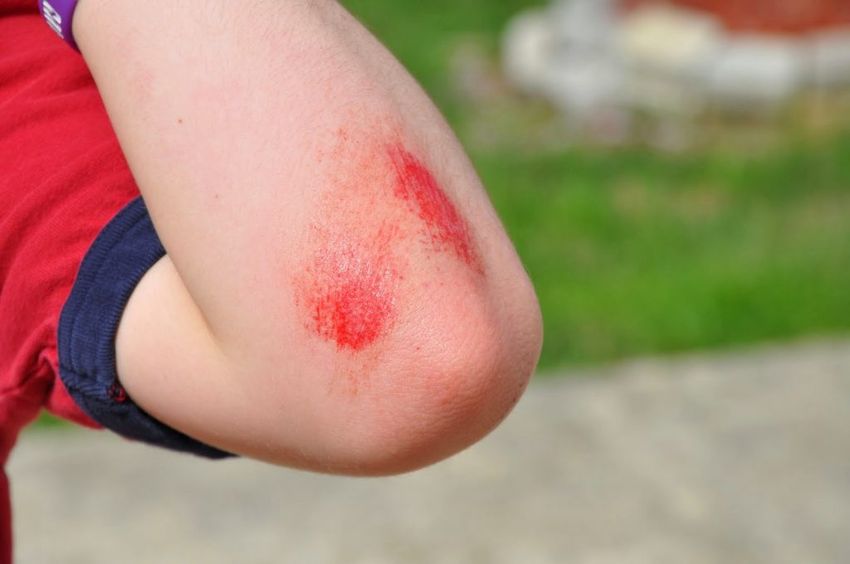
source:cpcmg.net
Burns
Regardless of the severity of the burn, you should immediately run cold water over the injury site or gently press a clean cold cloth to cool the injured skin. You can continue to do this until the pain lessens. You will need to cover any blisters with a loose gauze to protect the area and do not attempt to open the blisters as this will cause further pain and skin damage. If the burn is mild and does not need medical attention, you should apply an antibiotic cream and cover the injury with a protective gauze dressing. It is essential that you pay attention to this type of injury for potential redness, swelling, discharge, or pain to prevent and treat possible infections immediately with the help of a healthcare practitioner.
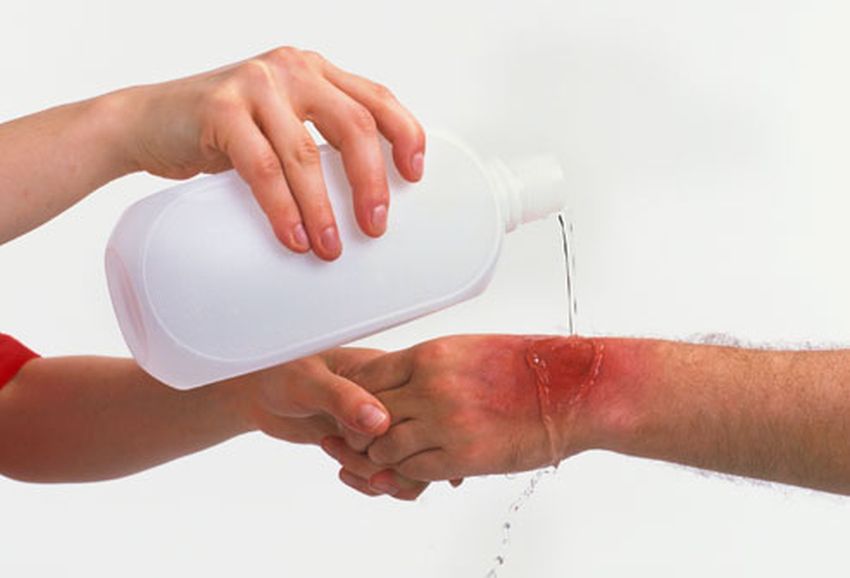
source:parklandambulance.com
Insect Bites or Stings
If you have been bitten stung by a bug, you will need to carefully remove the stinger using your fingernail and ensuring not to break it. You will want to avoid using a tweezer as this could squeeze more venom out of the stinger in the process. Applying a topical antihistamine or a 1% hydrocortisone ointment can help ease itching, especially if the skin has been broken. If you begin to experience hives, swelling of the lips and tongue, and trouble breathing, you will need to seek immediate medical attention as you may be experiencing an allergic reaction. If you have been bitten by a tick, you will also need to seek immediate medical attention to be tested for Lyme disease and other tick bite diseases.

source:en.paperblog.com
Nosebleeds
In the event of a nosebleed, you will need to sit upright and tilt your head back to lessen the bleeding. Pinch your nose closed at the lower end, near your nostrils and loosen any restrictive clothing such as a scarf. You should then lean slightly forward to apply adequate pressure for at least 5 minutes. It is also a great idea to use an ice pack on the bridge of your nose after the bleeding has slowed down to reduce any swelling. If you are unable to control the bleeding after 10 minutes, or if the bleeding returns, you will need to seek medical attention.
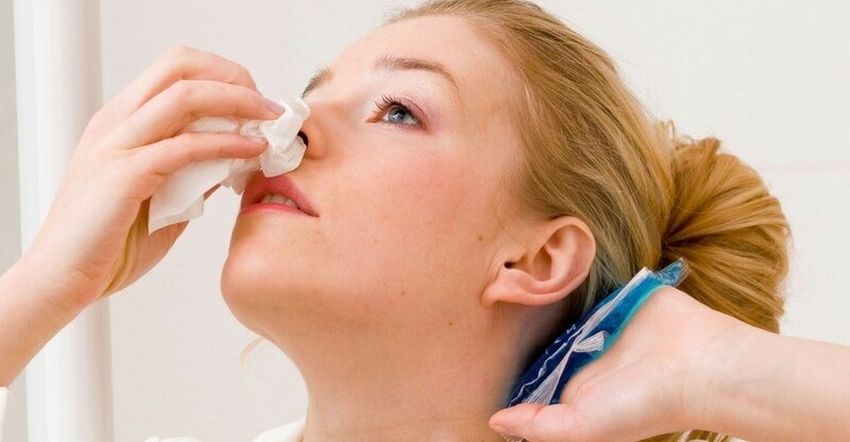
source:mellowed.com
Sprains and Strains
If you have sprained or strained a muscle, immediately rest the injury and elevate it to reduce pressure. Applying an ice pack and compressing the area can help to alleviate pain and swelling. If the injury is accompanied by intense pain and skin discoloration, you will need to seek medical attention, however, in minor cases, anti-inflammatories, rest, and ice packs can alleviate the injury.
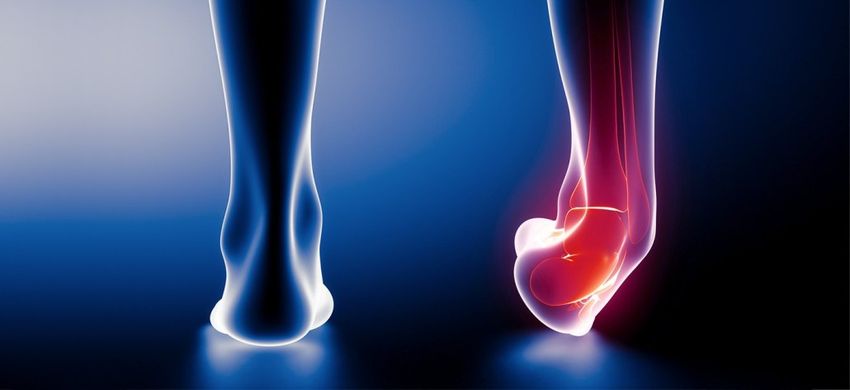
source:mellowed.com
Fractures
A fracture is otherwise known as a broken bone and although you will need to seek medical attention to ensure that the bone heals properly, you can take certain steps to prevent worsening the injury. You should immediately relieve any pressure on the area and avoid movement as much as possible while being transported to the nearest hospital.
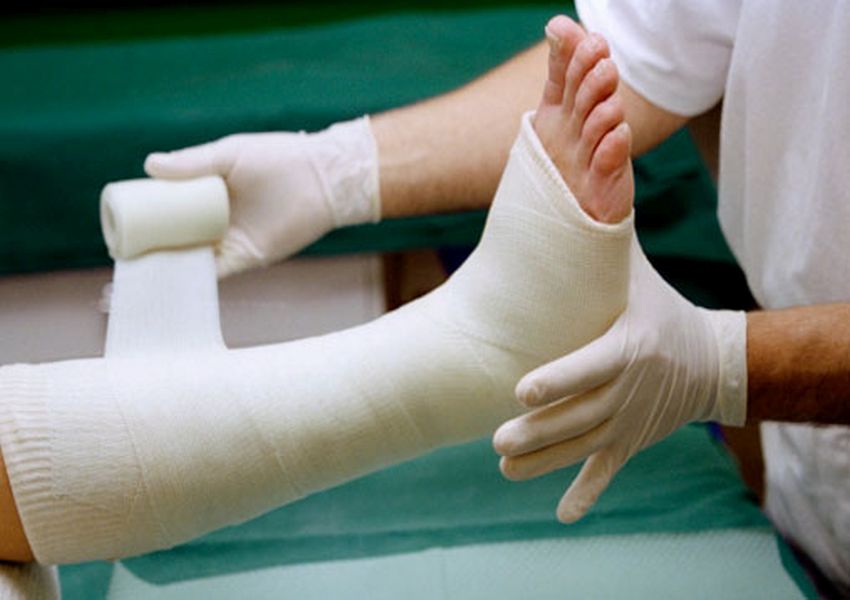
source:corejenks.com
What items are essential for your first aid kit?
In order to be prepared in the event of an injury, you should ensure that you maintain a stock of important medical supplies in your first aid kit. Medical supplies such as dressings and antiseptic ointments will always come in handy, even for minor injuries. If you suffer from chronic conditions, such as diabetes, you will need other essential items in your first aid kit such as a blood sugar monitor or blood sugar testing strips that can be purchased at Save Rite Medical. While a basic first aid kit should contain a variety of dressings, ointments, tweezers, and scissors, the more different kinds of medical supplies you have on hand in your first aid kit will ensure that you are more prepared for potential emergency situations.

source:nannyoptions.ie

